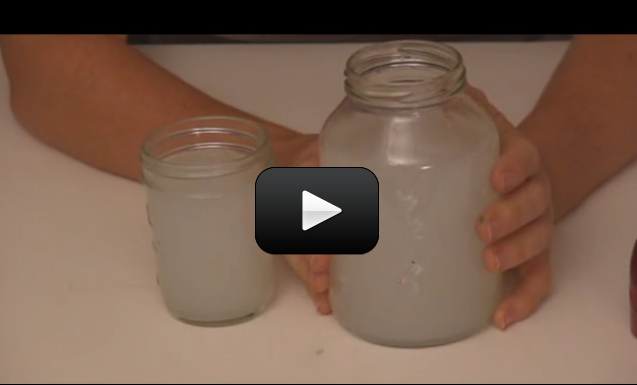Have you ever wondered why the sky is blue? Or why the sunset is red? Or what color our sunset would be if we had a blue giant instead of a white star? This lab will answer those questions by showing how light is scattered by the atmosphere.
Particles in the atmosphere determine the color of the planet and the colors we see on its surface. The color of the star also affects the color of the sunset and of the planet.
Materials
- Glass jar
- Flashlight
- Fingernail polish (red, yellow, green, blue)
- Clear tape
- Water
- Dark room
- Few drops of milk


When the sun first rises, the sunlight goes through a lot more atmosphere than it does at noon because of the angle that the sun is relative to the earth. The same thing happens again at sunset. When this happens the color of the light in our atmosphere changes (you see this in the beautiful colors at sunset and sunset).
why is sunlight different colors at different times of the day?